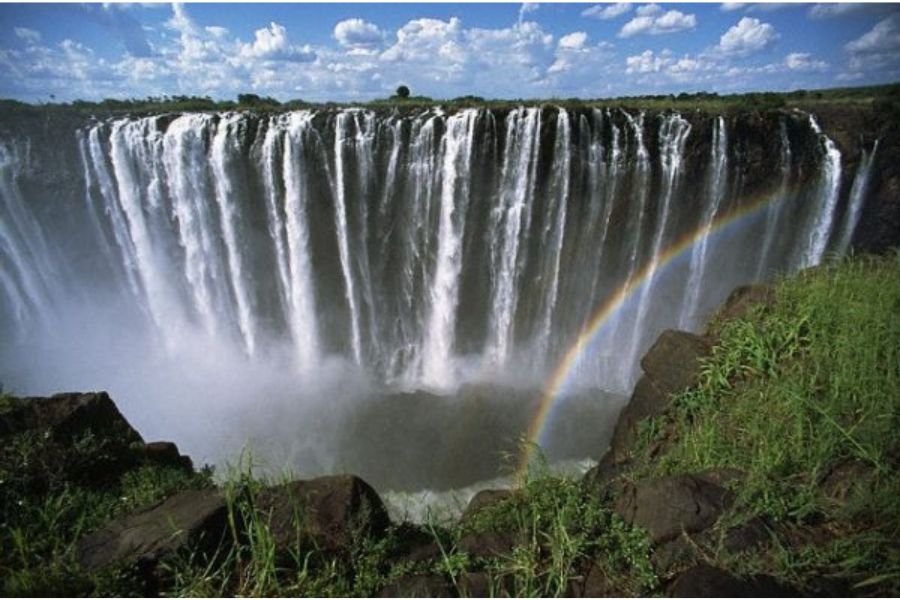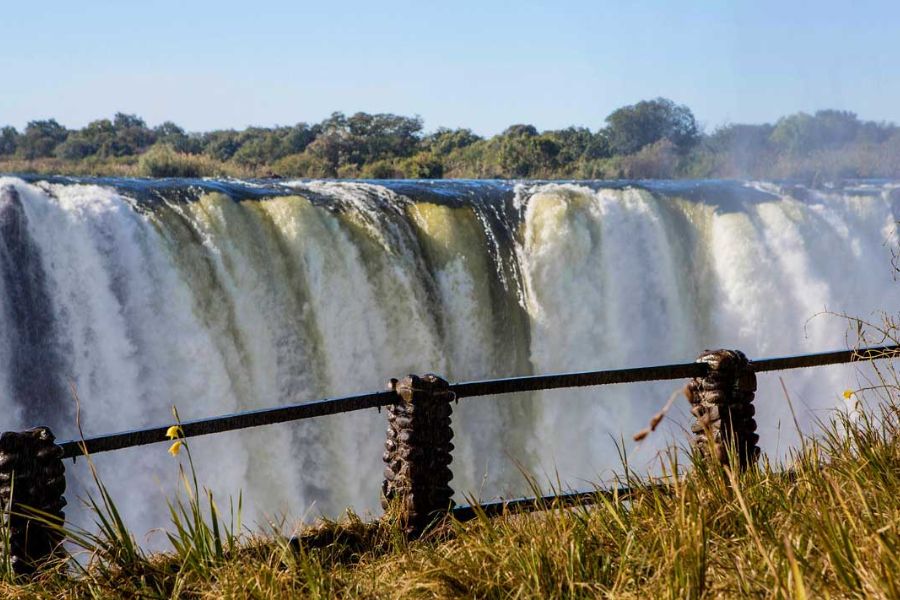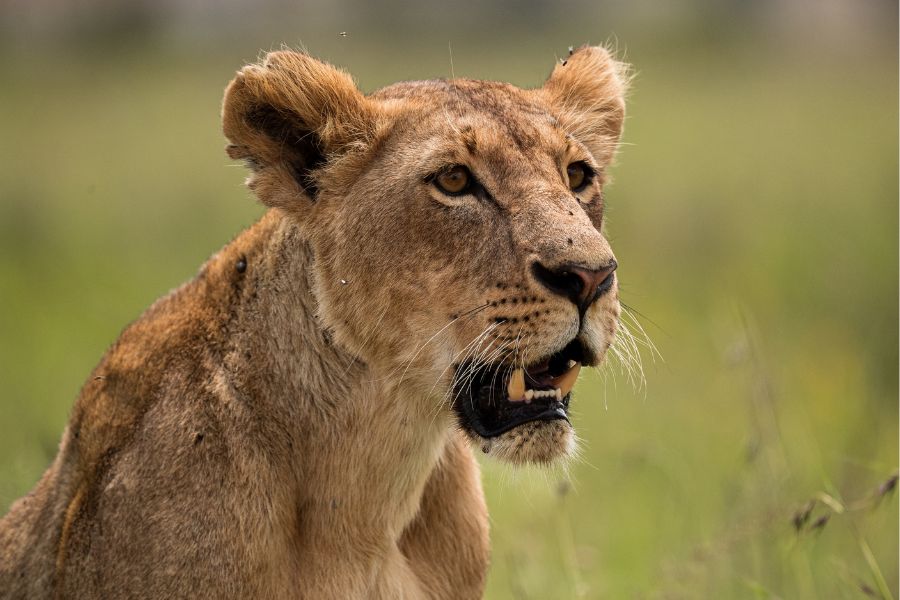
By UNESCO.
VICTORIA FALLS HISTORY
Pre-colonial history
LIVINGSTONE EXPLORES VICTORIA FALLS
During his 1852–56 journey from the upper Zambezi to the mouth of the river, Livingstone had been told about the falls before he reached them from upriver on 17 November 1855 and was paddled across to a small island that now bears the name Livingstone Island on the Zambian half of the river.
COLONIAL SETTLEMENT
Other Europeans seldom visited the falls until the railway building opened in 1905.
WORLD HERITAGE SITE
In 1989, Victoria Falls was inscribed as a World Heritage Site. What makes the concept of World Heritage exceptional is its universal application. World Heritage sites belong to all the World's peoples, irrespective of the territory on which they are located.
Victoria Falls Facts
- Victoria Falls is classified as the World's giant curtain of falling water based on its width of 1,708 meters (5,604 ft) and height of 108 meters (354 ft),
- Approximately 650 million liters of water drop every minute over the cliff at Victoria Falls and continue flowing downstream to the lower Zambezi River.
- Victoria Falls sits on the very border of Zambia and Zimbabwe
- The indigenous name of Victoria Falls is Mosi-oa-Tunya, which means "the smoke that thunders. "The Fall is still referred to by this name by many people in Africa and even in other parts of the World
- The Scottish missionary and explorer Doctor David Livingstone discovered Victoria Falls in 1855 and named the falls after Queen Victoria in England
- Victoria Falls is one of the few places on Earth where the Lunar Rainbow or Moonbow occurs regularly and can be witnessed easily. Moonbowsor lunar rainbows are rare natural atmospheric phenomena that occur when the Moon's light is reflected and refracted off water droplets in the air.
- The spray of Victoria Falls rises to a height of over 400m. On full moon nights
- Victoria Falls is the only waterfall on the list of the World's seven natural wonders.
- There are five gorges, or deep cracks, to which the Zambezi River flows from the falls. They vary in size and intensity of water flow and are all named from one to five in the order the river reaches them. The fall passes through the first gorge and gradually opens into the rest. A pool at the end of the second gorge is aptly named Boiling Pot due to the swirling motion and highly rough water. It is at this point where almost anything that falls over the falls is captured. The pattern of these gorges has changed throughout the fall-long history, and new gorges are forming.
- Devil's Pool ( Natural Swimming Pool) is adjacent to the famous Livingstone Island at the top of Victoria Falls.
What to do



















